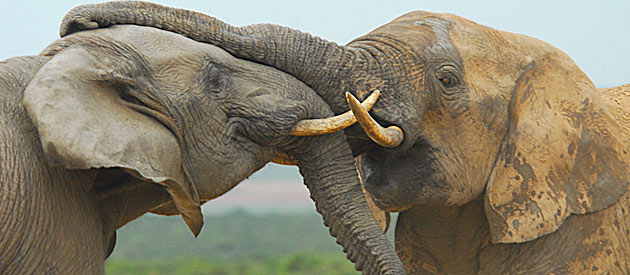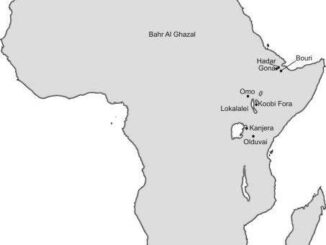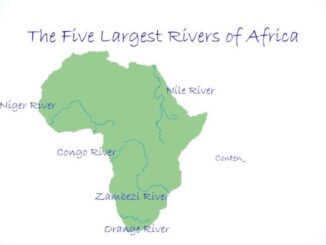
Wildlife conservation in South Africa and all over the world has its success stories and its failures. One of the greatest conservation success stories is the Addo Elephant Park in South Africa. It has become a popular destination attracting tourists from all over the world staying in some of the many Addo guest houses that are found on or next to the park. Some are privately owned, through a system of concessions and some are owned by the Addo Elephant Park itself. The accommodation ranges from the luxurious to the basic across all price ranges, much of it a far cry from the parks humble beginnings as a place primarily for the conservation of the areas dwindling elephant population.
Founded in 1931, thanks in large part to Sydney Skaife, the Addo Elephant Park in South Africa, named for the village of Addo which sits on the outskirts, started off with just eleven elephants. The area of the Eastern Cape in which the Addo Elephant Park is situated was once home to massive herds of them, including the legendary Knysna Forest elephant. Due to the popular trade in ivory combined with the relatively poor rural communities in the area the elephants were hunted to near extinction. In 1915 the Eastern Cape farmers made a request to the government to have the remaining Eastern Cape Elephants culled due to the nuisance they caused to the farming activities. Major P.J. Pretorius was given the task of exterminating the remaining Addo Elephants and between 1919 and 1920 shot 114 of them capturing two others and selling them to the circus.
In 1929 Sydney Skaife established the Wild Life Protection and Conservation Society now called the Wildlife Society of Southern Africa. It was his concern over the decimation of the wildlife in the KwaZulu Natal area caused by the tsetse fly control campaign that led him to form the society. He helped establish several game reserves, the most prominent being the Addo Elephant Park South Africa. It started with just the 11 elephants remaining in the surrounding area and no real accommodation or guest houses to speak of and covered an area of just 5000 ha. Over the course of the twentieth century the park underwent a massive expansion.
Today the Addo Elephant Park South Africa covers 164 000 ha and there are plans to expand it to 360 000 ha. It currently includes a marine reserve which makes it one of the only places in the world where you can see the “big 7,” the original big 5 with the Southern Right whale and the Great White shark added to the list. The expansion was achieved largely through buying up farms from willing sellers around the reserve and setting up concessions which allowed the private sector to open Addo guest houses and semi-private game reserves within the park boundaries. These Addo guest houses have played a large role in helping the conservation efforts of the Addo Elephant Park South Africa by bringing in foreign revenue and, more importantly, interest to the park. This is helping to educate the world about the necessity of conservation such as that being practiced at the Addo Elephant Park in South Africa.
Unless otherwise stated, PONIREVO and/or its licensors DO NOT own any intellectual property rights in the website and material on the website. Majority of the site’s content has been scraped and auto posted by a third party artificial intelligence program —– PONIREVO Creation Team.
Proudly WWW.PONIREVO.COM
by Erica Smythe



